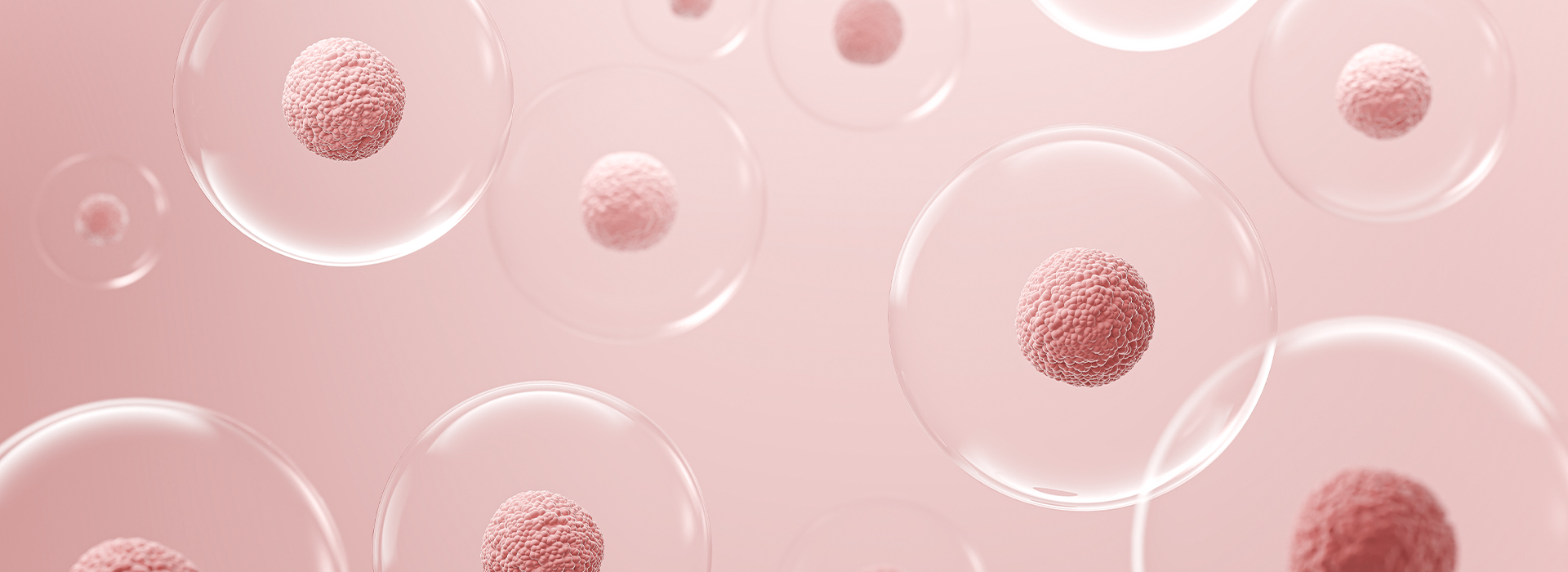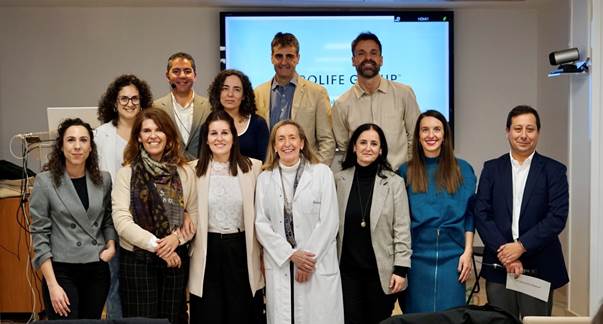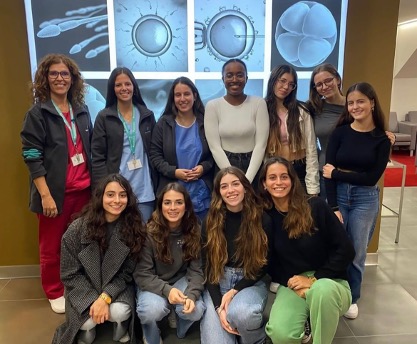
Egg Reception
Egg Reception
GENERAL ASPECTS THAT THE EGG RECIPIENT SHOULD KNOW
OVODON is the term used to describe the process of egg donation. This is a procedure in which a recipient woman receives eggs from a donor for reproductive purposes. These eggs are fertilized with sperm from the partner or a donor, depending on the clinical situation. The embryos generated using in vitro fertilization techniques are transferred to the recipient woman's uterus to achieve pregnancy.
The diagnosis that establishes that a woman has no or few eggs can be made by:
1) Analytical tests:
a) Determination of blood values of:
- FSH: This is the hormone that stimulates follicular growth. Values above 10 MIU/ml in the first days of the menstrual cycle indicate a poor ovarian response. FSH is an indicator of egg reserve, while the patient's age can give an indication of their quality, with higher age correlating with lower quality.
- Inhibin B: It is synthesized by the granulosa cells of the antral follicles, thus it is elevated in the early follicular phase, and its peak coincides with the beginning of the decrease in FSH levels at the end of the follicular phase. Levels below 45 pg/ml on the third day of the cycle are pathological.
- Anti-Müllerian Hormone (AMH): It is produced by pre-antral and antral follicles in granulosa cells. It acts in two phases of folliculogenesis, inhibiting the recruitment of primordial follicles and decreasing the sensitivity of pre-antral and antral follicles to FSH. Levels below 1.4 ng/ml are pathological.
- Estradiol (E2): Indicates a low ovarian response when it is above 80 pg/ml on the third day of the cycle, less than 100 on the sixth day, or below 300-500 on the tenth day of stimulation.
- FSH/LH ratio: A sign of poor ovarian response is an FSH/LH ratio on the third day of the cycle above 2.
b) Dynamic tests, determining FSH and E2 values after subjecting the ovary to a stimulation process:
- Clomiphene Citrate Test (CCT): It involves administering 100 mg of Clomiphene Citrate (CC) per day from the 4th to the 8th day of the menstrual cycle, performing blood tests at the beginning, on the third day, and after completion, on the ninth day. Pathological values are considered when the basal FSH levels plus the ninth-day values are above 26 mUI/ml.
- EFORT (Exogenous FSH Ovarian Reserve Test): Administer a single dose of 300 IU of FSH on the third day of the cycle and determine the basal levels of FSH and Estradiol the next day. If FSH is below 11 mUI/ml or the post-stimulation increase in E2 is above 30%, or both situations occur, the test is considered normal.
- GAST (Gonadotropin Agonist Stimulation Test): Evaluates changes in plasma estradiol concentrations between the 2nd and 3rd day after administering a GnRH agonist. The test depends on the pituitary production of gonadotropins and the ovarian response to stimulation. Its predictive capacity regarding ovarian response in in vitro fertilization cycles is quite high, although it is not in terms of predicting the possibility of pregnancy.
2) Gynecological ultrasound
- Antral Follicle Count: Checks the number of antral follicles smaller than 10 mm (between 5-10). A number between 5 to 10 antral follicles in the first days of the cycle is considered a sign of good follicular reserve. The volume of the ovary decreases with age, which is why it is considered an indicator of reproductive age and menopause age. In any case, the ovary should have a volume greater than 3 cm³.
- Ovarian vascular flow: Consists of evaluating the blood flow of the ovarian stroma using Doppler technique. Low responders have low ovarian arterial flow at the beginning of the follicular phase, both in a spontaneous cycle and after pituitary inhibition with GnRH analogs.
3) Test cycle:
It is the most reliable diagnostic test, as it involves starting ovarian stimulation through FSH administration, and if the response is good, it has a higher predictive capacity than previous tests.
In summary, recipient women are those whose ovaries, having high FSH, do not produce follicles or these are very scarce in the test cycle, such as in occult ovarian failure, premature ovarian insufficiency, or early menopause. Patients who have undergone surgeries such as ovary removal or endometriosis correction surgery, patients with recurrent miscarriages, patients with genetic alterations who do not wish to undergo a cycle with pre-implantation genetic diagnosis, and patients with recurrent fertilization failures are also eligible to receive egg donation.
The recipient should undergo endometrial preparation. The treatment is carried out with estrogen in the form of tablets in increasing or fixed doses to promote endometrial growth.
To verify endometrial growth, several ultrasounds will be performed during endometrial preparation. Finally, this treatment is complemented with Progesterone, which functions to produce the secretion of endometrial glands and ensure the endometrium has the necessary conditions for embryo implantation. In case of pregnancy, estrogen and progesterone medication is maintained until 8-12 weeks of pregnancy.
The success of the egg donation cycle is largely determined by correct synchronization between the donor and recipient cycles. It is necessary to regulate the menstrual cycles of both so that the recipient endometrium is prepared to receive the donor's oocytes.




